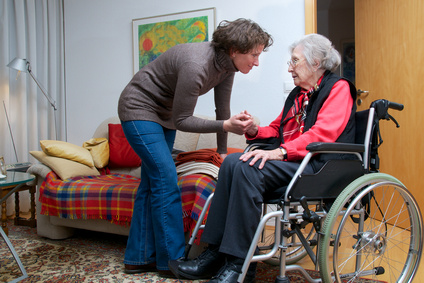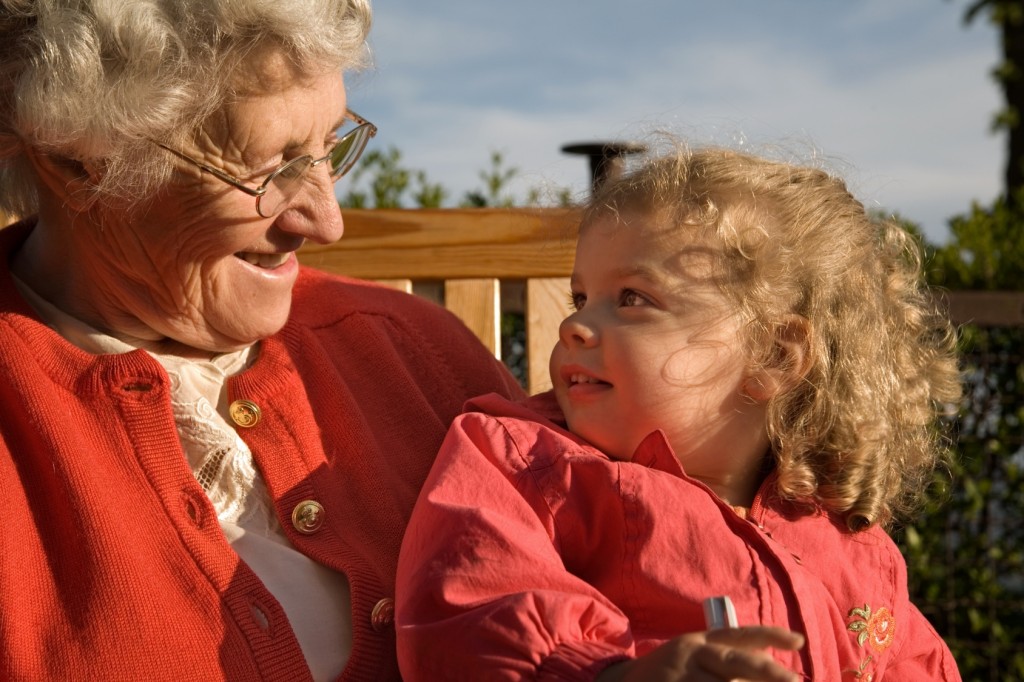
Aging is a natural part of life, and healthcare should be accessible and equitable for all, regardless of age. However, healthcare disparities in aging populations persist, disproportionately affecting older adults from marginalized communities. In this article, we will explore the challenges and contributing factors behind healthcare disparities in aging populations and consider potential solutions to address these issues.
Understanding healthcare disparities
Find YOUR ideal care home NOW!
Healthcare disparities refer to differences in health outcomes, access to care, and quality of healthcare experienced by different groups. These disparities are often linked to socioeconomic status, race, ethnicity, gender, and geographic location. When it comes to aging populations, disparities become more pronounced due to the increased prevalence of chronic conditions and the complex healthcare needs of older adults.
Contributing factors to healthcare disparities in aging populations
-
Socioeconomic status: Economic disparities can significantly impact access to healthcare. Older adults with limited financial resources may face barriers to regular check-ups, necessary medications, and specialized care.
-
Race and ethnicity: Racial and ethnic disparities are prevalent in aging populations. Minorities often experience higher rates of chronic illnesses and may receive suboptimal healthcare due to discrimination and cultural differences.
-
Geographic disparities: Access to healthcare services varies by location, with rural areas typically having fewer resources and healthcare providers. This can hinder older adults living in these areas from receiving necessary care.
-
Language and cultural barriers: Limited proficiency in the local language and a lack of culturally sensitive care can impede communication and result in misunderstandings between older patients and healthcare providers.
-
Health literacy: Low health literacy is a significant issue, especially among elderly populations. Older adults may struggle to understand complex medical information, treatment options, and preventive measures.
Addressing healthcare disparities
-
Policy changes: Governments and healthcare systems should prioritize policies that reduce healthcare disparities. This includes increasing funding for underserved areas and populations and implementing anti-discrimination measures.
-
Cultural competency training: Healthcare providers must undergo cultural competency training to better understand and serve diverse aging populations. Effective communication is vital for reducing disparities.
-
Community outreach and education: Initiatives to improve health literacy and educate older adults about available healthcare resources can empower them to make informed decisions about their health.
-
Telehealth services: Telehealth can be a valuable tool for addressing geographic disparities, providing access to healthcare services for seniors in remote areas.
-
Accessible transportation: Transportation can be a barrier for older adults, particularly in rural or underserved areas. Implementing transportation services for medical appointments can help bridge this gap.
-
Collaborative care models: A collaborative approach to healthcare, involving multiple healthcare professionals working together, can provide more comprehensive and holistic care for aging populations.
Solutions for Addressing Healthcare Disparities in Aging Populations
| Solution | Description | Impact on Aging Populations |
|---|---|---|
| Policy Changes | Implementation of government policies to reduce healthcare disparities, such as funding for underserved areas. | Ensures equitable access to healthcare for elderly populations across various demographics. |
| Cultural Competency Training | Training healthcare providers to understand and respect cultural differences in healthcare delivery. | Improves communication and care quality, reducing the impact of cultural barriers in healthcare settings. |
| Community Outreach and Education | Efforts to improve health literacy and educate elderly individuals on healthcare resources and options. | Empowers older adults to make informed decisions about their health and navigate the healthcare system effectively. |
| Telehealth Services | Utilizing telehealth to provide healthcare services remotely, especially for seniors in rural or underserved areas. | Improves access to healthcare for seniors in remote regions, bridging geographic disparities in care. |
| Accessible Transportation | Providing transportation services to ensure seniors can attend medical appointments without difficulty. | Helps eliminate barriers to accessing healthcare services, especially for those in rural or underserved areas. |
| Collaborative Care Models | Encouraging a team-based approach, where multiple healthcare providers collaborate to offer comprehensive care. | Enhances the quality and efficiency of care, ensuring that seniors receive holistic and coordinated treatment. |
Healthcare disparities in aging populations are a critical issue that demands attention and action. By addressing the contributing factors and implementing solutions that focus on equity, healthcare systems can work toward providing all older adults with the quality care they deserve. Bridging these disparities is essential for ensuring the well-being, dignity, and health of our aging populations, regardless of their backgrounds or circumstances.
FAQ:
What are healthcare disparities in aging populations?
Healthcare disparities refer to the differences in health outcomes, access to care, and quality of healthcare that are influenced by factors such as socioeconomic status, race, ethnicity, gender, and geographic location, especially in older adults.
What are the key causes of healthcare disparities among the elderly?
Key factors contributing to healthcare disparities include socioeconomic status, race and ethnicity, geographic location, language barriers, and health literacy, all of which can affect access to care and quality of treatment for elderly individuals.
How do socioeconomic status and race contribute to healthcare disparities in the elderly?
Older adults with limited financial resources may struggle to afford healthcare, while racial and ethnic minorities often face higher rates of chronic illnesses and healthcare discrimination, exacerbating disparities in health outcomes.
How does geographic location affect healthcare access for seniors?
Older adults in rural or underserved areas face limited access to healthcare services, resulting in delayed diagnoses and poorer health outcomes due to fewer healthcare providers and resources.
What are some solutions to reduce healthcare disparities in aging populations?
Policy changes, cultural competency training for healthcare providers, telehealth services, and accessible transportation are effective solutions to reduce healthcare disparities and improve care for seniors.
How can cultural competency training improve healthcare for elderly individuals?
Cultural competency training helps healthcare providers understand the diverse needs of aging populations, improving communication, trust, and care quality for seniors from different cultural backgrounds.
What role does telehealth play in addressing healthcare disparities?
Telehealth provides access to healthcare for seniors in remote or underserved areas, helping bridge geographic disparities and ensuring continuous care without the need for travel.
For assistance in finding a care home or facility best suited to your needs, contact Senior Home Plus at 0230 608 0055 or fill out our online form.
Do you need a care home for yourself or your loved one?
Share this article :
Latest posts
You are looking for an establishment for your loved one ?
Get availability & prices
Fill in this form and receive
all the essential information
We would like to inform you of the existence of the opposition list for telephone canvassing.











